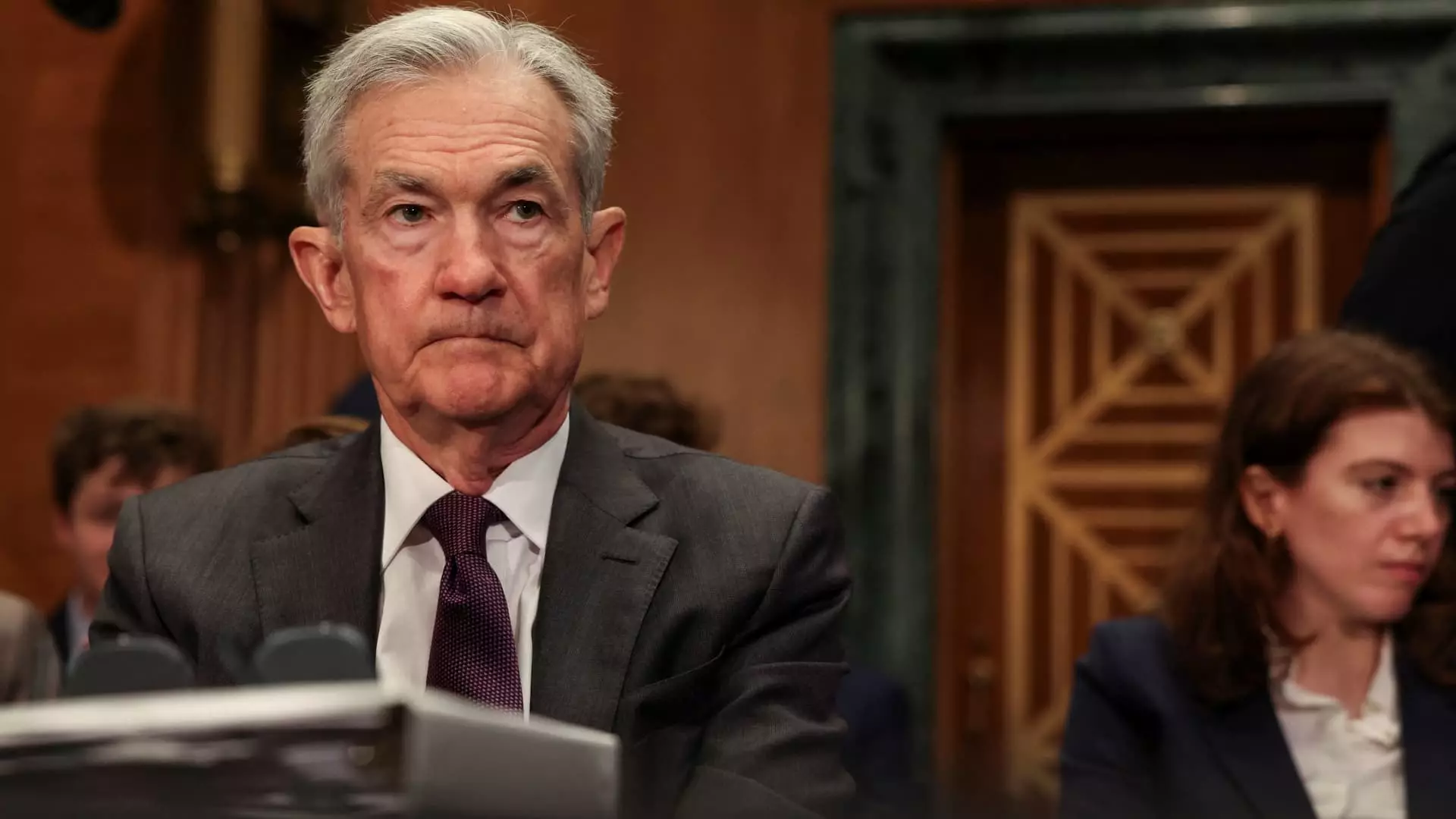Jerome Powell, the Chair of the Federal Reserve, takes center stage once again in Washington, D.C. His recent testimony before Congressional committees has showcased not only his articulate stance regarding interest rates but also the complex landscape surrounding inflation. Powell’s insistence that the Fed remains “well positioned to wait” reflects an increasing hesitance to make hasty decisions in an unpredictable economic climate. In a world where trade wars and tariffs reign supreme, the question arises: are we witnessing the dawn of an era characterized by economic stagnation driven by governmental indecisiveness?
Tariffs and Inflation: A Double-Edged Sword
The relationship between tariffs and inflation is anything but straightforward. During his testimony, Powell suggested that the duration and impact of these tariffs would play a pivotal role in the Fed’s monetary policy. If tariffs are merely a temporary push in prices, he implied that interest rate cuts could be a future possibility. However, the potential for sustained price increases due to tariffs could prompt the Fed to adopt a more cautious approach. This precarious balancing act illustrates how external pressures can severely complicate domestic economic policy. Why does the federal government appear so willing to gamble with consumer prices, affecting everyone from the bottom rungs of society to affluent investors?
The Politics of Rate Cuts
Interestingly enough, Powell made it clear that President Trump’s constant calls for interest rate cuts were not swaying the Fed’s decisions. One has to wonder if this is a genuine sign of independence or simply a facade. In light of profound political pressures, Powell’s stance indicates an unsettling tension between the Fed’s mandate to maintain economic stability and the White House’s desire for immediate electoral gains. The concept of political independence is critical for economic institutions, yet as we see political figures voice their demands more vocally, one must question whether this independence can truly endure.
Future Concerns: What Lies Ahead?
As the economic landscape continues to evolve rapidly, the actions—or lack thereof—by the Fed could have far-reaching implications. Powell’s ability to read the economic tea leaves hinges on how global trade dynamics unfold. If the tariffs dampen economic growth for a longer period than anticipated, we are likely to witness significant repercussions. The challenge, therefore, revolves around understanding how responsive Federal Reserve policies will be in addressing unexpected downturns. Will Powell’s carefully measured approach ultimately lead to stagnation, or can it guide us towards eventual recovery?
The dance between cautious monetary policy and aggressive fiscal stimuli will undoubtedly shape the American economy for years to come. In this complex, interwoven scenario, the stakes are high, and the intentions behind each policy decision must be closely scrutinized. As Powell sits before lawmakers, it’s evident that his testimony is not just about facts and figures; it’s a reflection of the broader battle for the soul of American economic policy.

